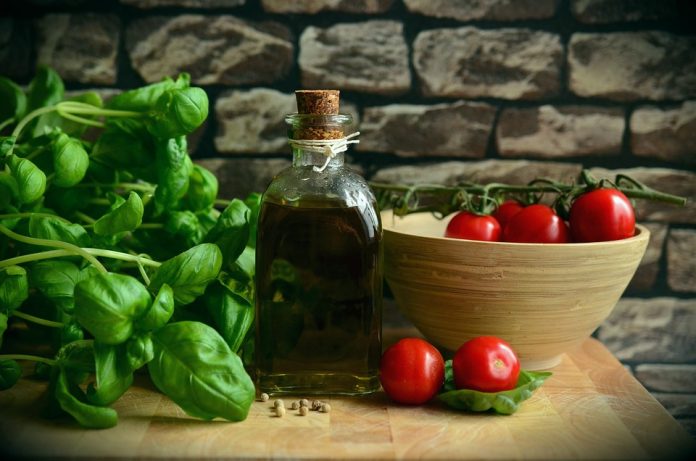[ad_1]
How to Water Your Indoor Vegetable Garden
Indoor vegetable gardening is becoming increasingly popular as more people are looking for ways to grow their own food. While it may seem intimidating at first, it is actually quite easy to maintain an indoor vegetable garden. One of the most important aspects of indoor vegetable gardening is proper watering. This article will provide you with some tips on how to water your indoor vegetable garden.
Understand Your Plant’s Water Needs
The first step in properly watering your indoor vegetable garden is to understand the water needs of your plants. Different plants have different water requirements, so it is important to research the specific needs of the plants you are growing. Some plants may need more frequent watering than others, while some may need less. It is also important to consider the size of the pot you are using for your plants. Larger pots will require more water than smaller pots.
Check the Soil Moisture
Before you water your plants, it is important to check the soil moisture. You can do this by sticking your finger into the soil and feeling for moisture. If the soil feels dry, then it is time to water your plants. If the soil feels damp, then it is best to wait a few days before watering again.
Water Your Plants Regularly
Once you have determined that your plants need to be watered, it is important to water them regularly. This means that you should water your plants at least once a week, or more often if the soil is particularly dry. When watering your plants, it is important to use lukewarm water and to water them slowly and evenly. This will ensure that the water is able to penetrate the soil and reach the roots of the plants.
Avoid Overwatering
It is also important to avoid overwatering your plants. Overwatering can lead to root rot and other problems. To avoid overwatering, it is best to water your plants only when the soil is dry. You can also use a moisture meter to help you determine when your plants need to be watered.
Use Mulch
Using mulch is another great way to help conserve water in your indoor vegetable garden. Mulch helps to retain moisture in the soil and can help reduce the amount of water you need to use. You can use organic mulch such as straw, grass clippings, or shredded leaves.
Conclusion
Watering your indoor vegetable garden is an important part of maintaining a healthy and productive garden. By understanding the water needs of your plants, checking the soil moisture, and using mulch, you can ensure that your plants get the water they need without overwatering. With proper watering, you can enjoy a bountiful harvest of fresh vegetables from your indoor vegetable garden.
[ad_2]

